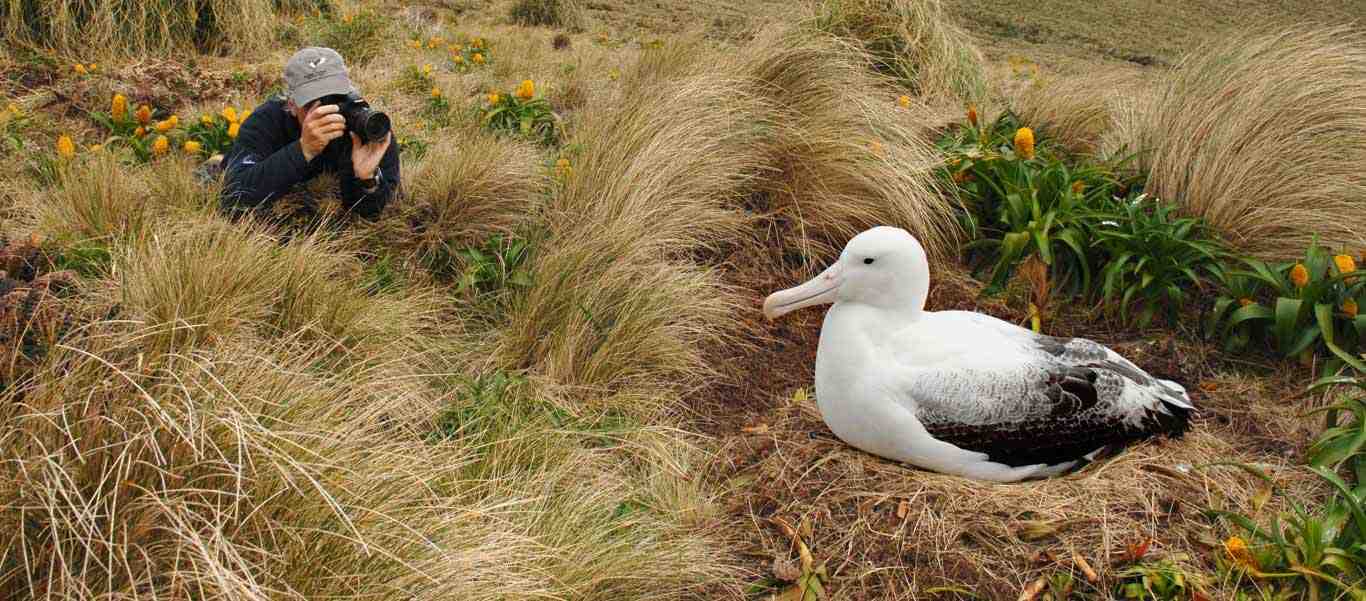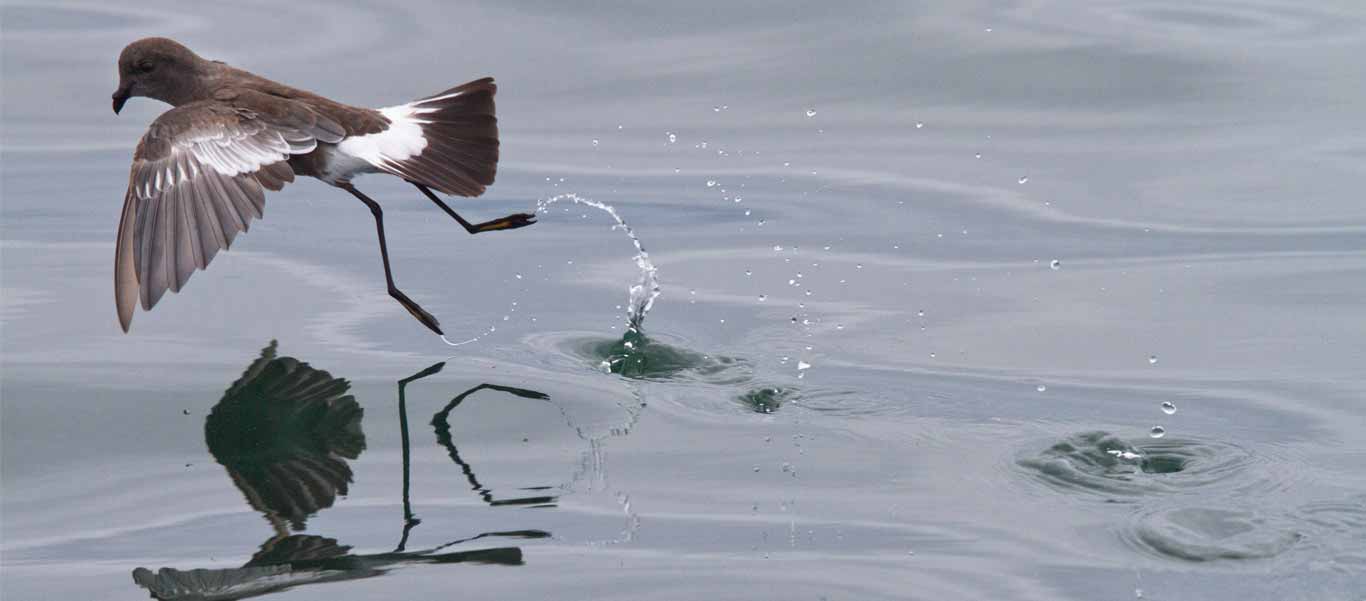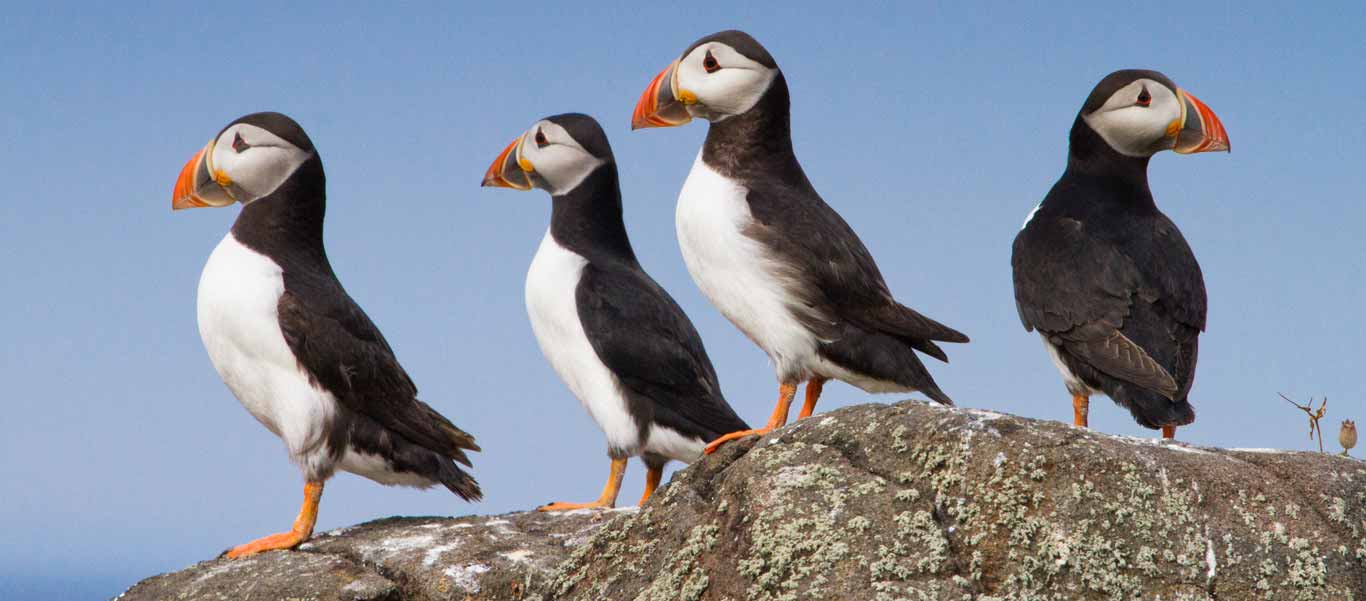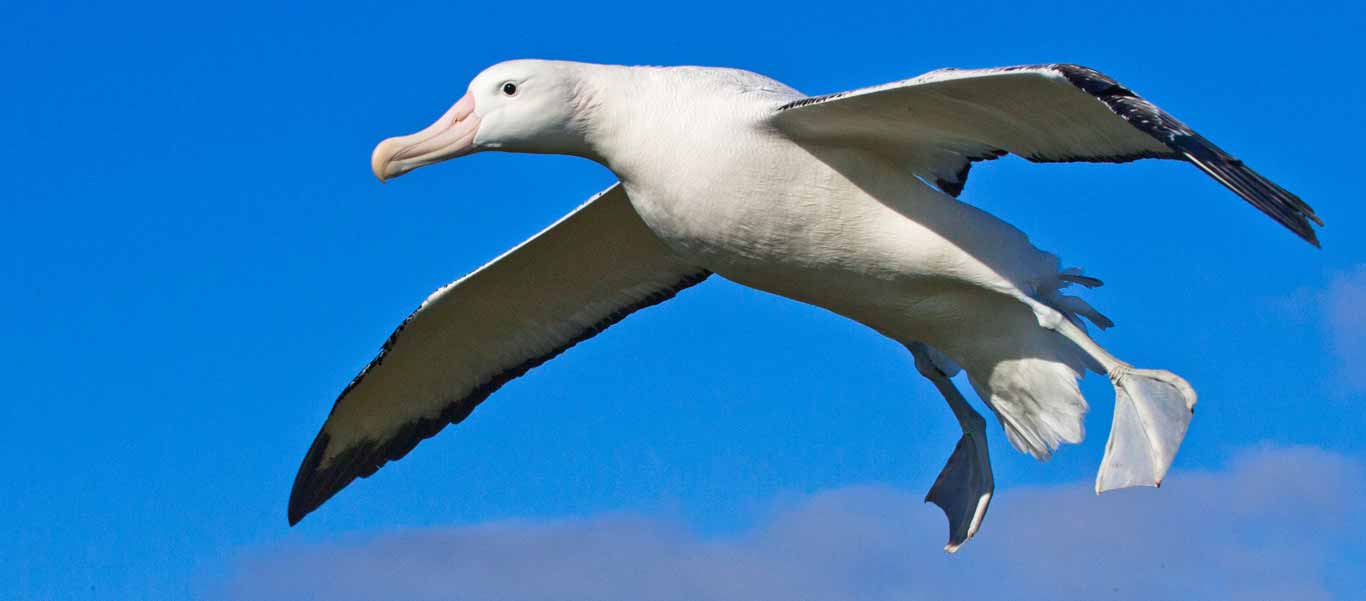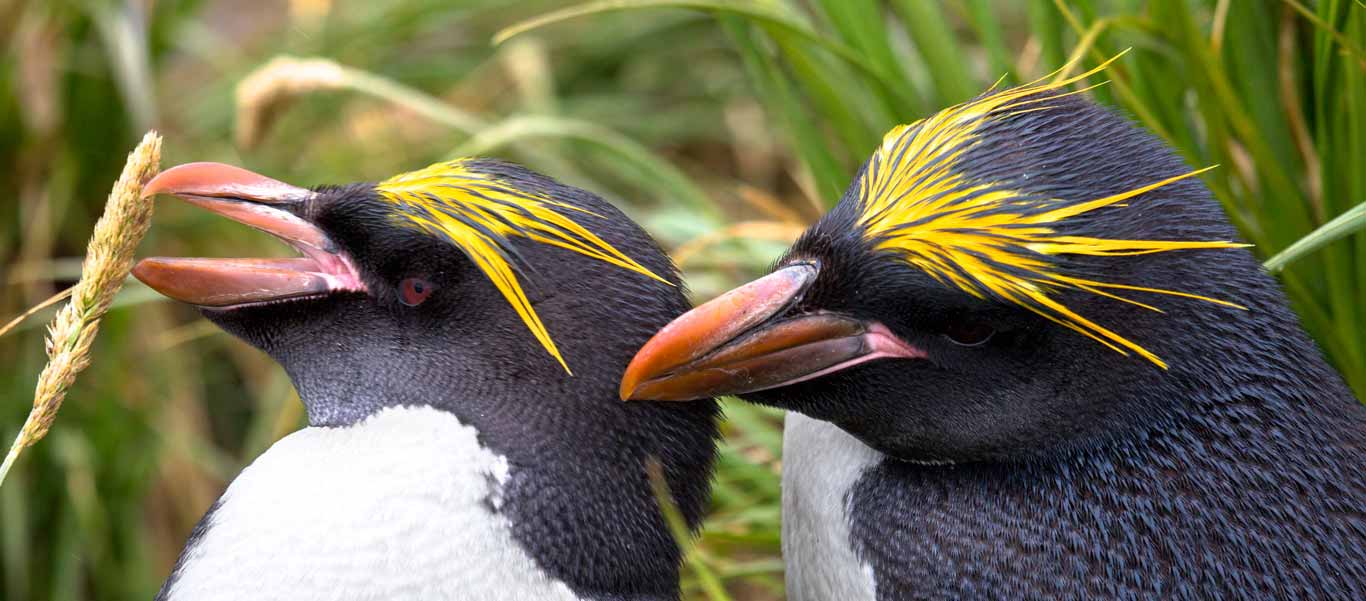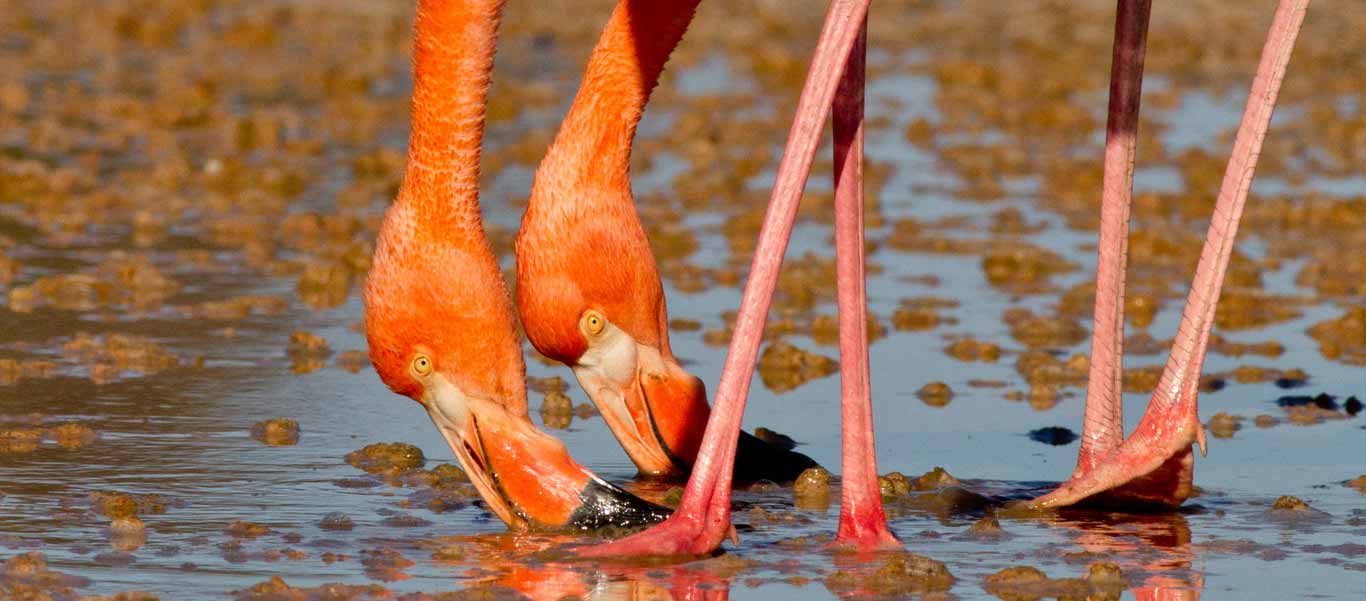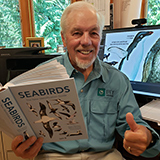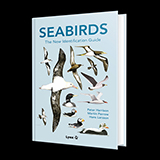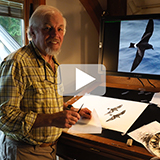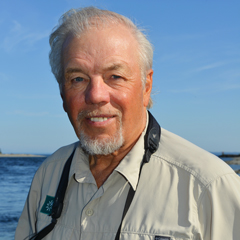
Peter Harrison
My simple reason for being is to share with others the magic, the awe and the enchantment that I see each day in my travels.
Expedition Leader Peter Harrison
Peter Harrison is a Fellow of the Explorers’ Club and has led expeditions throughout the world. He has written and illustrated over a dozen books, of which his latest, Seabirds: The New Identification Guide, published May 2021, has taken the birding world by storm, leading one reviewer to describe it as “a masterpiece of science and art.” It is the new “bible” of seabird identification.
Peter has devoted much of his time to conservation efforts. In recognition of his outstanding work in natural history, Peter was honored with the title, “Member of the British Empire” by Her Majesty Queen Elizabeth II. More recently, Peter received the Royal Society for the Protection of Birds’ prestigious Conservation Gold Medal Award. This honor is bestowed upon one individual each year in recognition of their support and dedication to wild bird protection and global habitat conservation. Past recipients have included Sir David Attenborough. In March of 2017 Peter was the recipient of the New York “Linnaean Society’s Eisenmann Award for Excellence in Ornithology.”
Exploration and discovery remain a driving force for Peter and during a recent expedition to Chile he led a six-person team to locate, catch and describe the first completely new storm petrel species to be discovered in nearly 100 years, the Pincoya Storm Petrel. It is safe to say that with Peter leading the charge, adventure always abounds.
"Since starting expedition travel 25 years ago, our lives have been enriched by the many trips we have taken with Peter. The experiences we have shared have been amazing."
-Penny M., California
Peter's Expeditions
Costa Rica to Chile (October 30 – November 18, 2024) 
Costa Rica, Ecuador, Peru, and Chile—encounter staggering wildlife and cultural riches in national parks, and World Heritage sites along the West Coast of South America.
British Isles (May 12 – 25, 2025) 
Discover the remote coastlines of Great Britain and Ireland, exploring geological wonders, archeological sites, and rugged cliffs with teeming seabird colonies.
Taiwan, Philippines & Indonesia (June 9 – 27, 2025) 
Crossing both the Tropic of Cancer and the Equator, weave your way through some of the most biodiverse regions on the planet for incredible wildlife and ancient cultures.
Antarctica with the Falkland Islands and South Georgia (November 22 – December 11, 2025) 
Join our experienced team of expedition leaders for the ultimate Southern Ocean expedition, at the beginning of the austral summer when colonies are most active.
Ask Peter a question about his upcoming expeditions?
Get in TouchAlbatross, from the smallest (Light-mantled Sooty) to the largest (Wandering Albatross)
The 21 species of albatross are among the longest-lived, the most itinerant, and with the largest wingspans, of all extant birds. Some live longer than 60 years, fly more than 1,000 miles each day, and have wingspans in excess of 12 feet. Alas, 19 of the 21 species of albatrosses are listed as threatened and their future survival remains shrouded in uncertainty. Numbers have plummeted in the last 50 years due to the introduction of predators at their remote breeding islands and more recently due to high mortality in the commercial long-line fishing industry.

